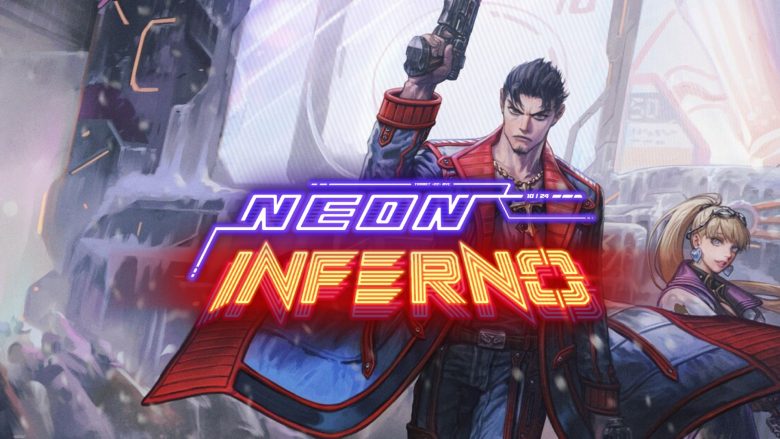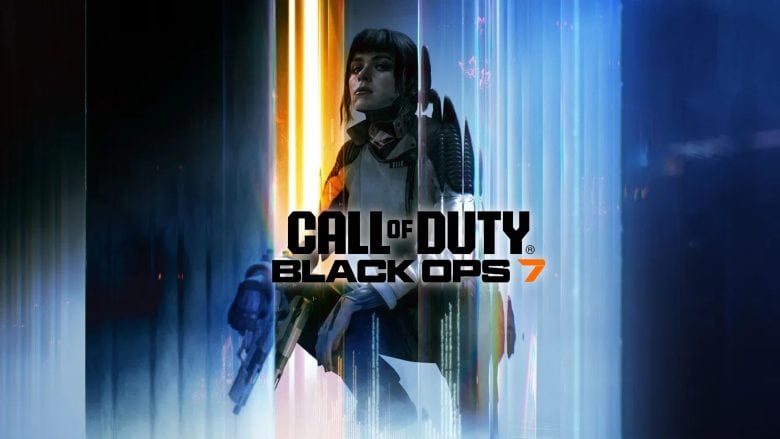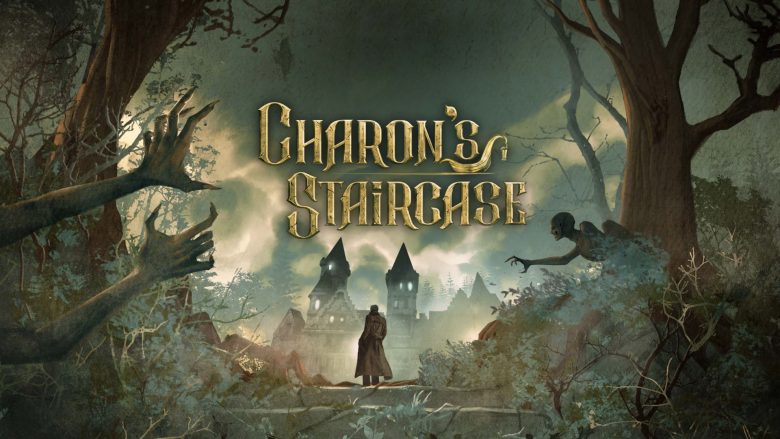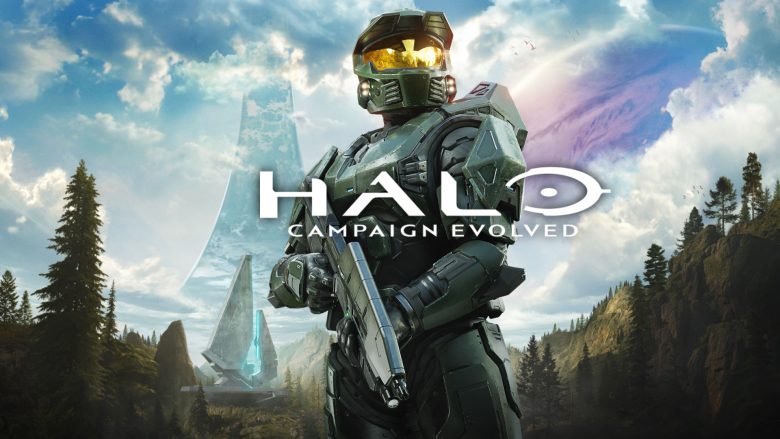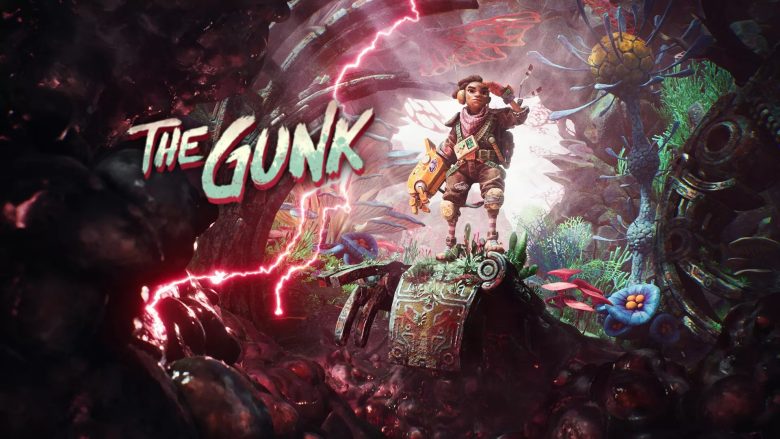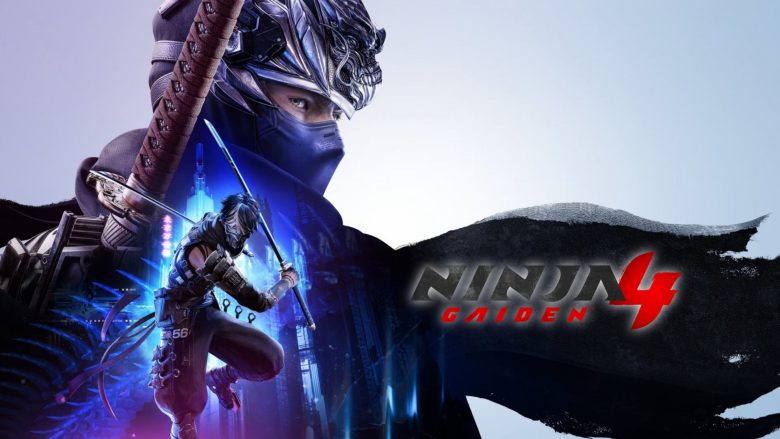A timeless masterpiece that combined the essence of a Square encounter based RPG with Super Mario platform style
Square to the conquer of the west
Super Mario RPG: The Legend of the Seven Stars is a game that has left an indelible mark on video game history.
Released in 1996 for Super Nintendo Entertainment System, this title is the first hybrid RPG – platform game featuring the iconic Super Mario style.
Squaresoft needed to put itself forward more successfully in the Western market, and Nintendo was in the midst of experimentation.
The marriage of the Square and Nintendo teams, headed by Shigeru Miyamoto and Chihiro Fujioka, produced a masterpiece that by sheer misfortune did not reach the European market.
Even today, Super Mario RPG shines with its charming and vivid graphics thanks to the additional Nintendo SA-1 processor used in only two other titles (Kirby Super Star and Kirby’s Dream Land 3).
In 1996, Nintendo Power magazine called it “the RPG with the best graphics ever.”
This title stands out for its bright colors and details of the characters and the fluidity of the action. It brings to mind SNES-era masterpieces such as the Donkey Kong Country series or Killer Instinct.
Squaresoft was so pleased with the result that it used the same setup for Treasure Hunter G, released in Japan three months after Super Mario RPG.

The Hybrid Plumber
Super Mario RPG managed to combine classic RPG elements, such as the combat and leveling system, with gameplay style typical of Mario titles.
The innovative turn-based combat system implements the use of Quick Time Events, making battles much more engaging. The player can improve each Attack or Defense action by correctly mashing the action button with perfect timing. The upgrade of one among three characteristics follows each Level Up, also giving a good amount of customization to the team.
The use of physical attacks and weapons, totally new for a Super Mario title, are juxtaposed with Skills handled like magic attacks in classic RPGs.
The isometric view brings great innovation to the platforming environment, introducing more freedom of movement.
For the first time, the world’s most famous mustachioed plumber is able to walk in four directions, and of course jump.
Running into enemies during platforming levels causes the battle screen to open. This allows the player to avoid unwanted encounters, but also to lose the opportunity to farm XP.
The freedom to travel between map locations allows you to retrace paths already taken, retrieving hidden treasures or visiting inhabited areas where you can stop at inns or shops.
An incredible amount of equipable items can be purchased or found, each characterized by its own attack animation (Bowser’s “Throwing Gloves” and Peach’s Frying Pan are hilarious).
I loved the fact that despite all these innovations the setting remains true to the Super Mario concept, never coming across as a forced crossover.

Music, Maestro
The soundtrack is simply memorable, with catchy melodies and exciting tracks that perfectly fit the atmosphere of each scenario.
Composer Yōko Shimomura, in addition to producing excellent unreleased tracks, rearranged many iconic themes from the Super Mario and Final Fantasy saga, for a total of 73 songs.
The video game adaptation of the soundtrack enjoys the support of the SPC700 chip, the first in history to produce digital stereo sound.
The result is a clean, square chiptune sound with much greater expressive depth spatialized by panning, echo and reverb effects.
The sound effects also benefit from this upgrade, giving some of the best samples ever.
My brain secretes endorphins when stimulated by the Frog Coin sound effect, I am sure.

The usual story?
The story of Super Mario RPG is one of its absolute strengths.
At the beginning Bowser seems to be the usual antagonist, but soon the plot thickens.
A giant animated sword plummets from the sky onto the Koopa King’s castle. The evil Smithy claims Bowser’s fortress as his own and throws the Mushroom Kingdom into chaos by depriving it of the seven pieces of the Star Road.
The plot features many similarities with Chrono Trigger and Final Fantasy and a large cast of characters, each with their own personality and background, including teammates who join Mario throughout the adventure.
The various subplots also flesh out the NPCs by dosing thickness and humor wisely.
Super Mario RPG offers good longevity due to the vastness of explorable environments and quests to complete.
The search for the seven pieces of the Star Road is a challenge for at least 15 hours. The large amount of subquests and hidden items though stretches this time by at least a dozen extra hours.
The difficulty is not extreme for an RPG title, but to reach 100% completion things are hardcore. This title features some of the hardest challenges in videogames history

Rebirth
Super Mario RPG: The Legend of the Seven Stars is a timeless masterpiece. It managed to combine the essence of Mario’s world with an addictive RPG system.
The game amazes and entertains even so many years after its release. It’s a must-have title for all video game lovers and, in particular, for fans of the dear old mustachioed plumber.
The only problem that slowed its success was the simultaneous launch of the Nintendo 64. Overshadowed by the success of its 3D namesake, the European market launch never happened.
Super Mario RPG was made available in 2008 for Virtual Console Wii. It will finally return to light with a dedicated rework on Nintendo Switch platform on November 17, 2023.
Deputy director of the 1996 project Chihiro Fujioka, despite not being directly employed in the remake, commented on Twitter:
“I was very surprised by the announcement, and can’t wait for it to come out!”
I share all his enthusiasm and am not afraid to call this Nintendo title unmissable.
A must-play for all.
Super Mario RPG: Legend Of The Seven Stars
PRO
- Engaging plot
- Wonderful music
- Excellent RPG, good platformer
- Funny dialogues
CON
- Sometimes too easy
- 100% otherwise can be frustrating
- The description of some items is not clear




